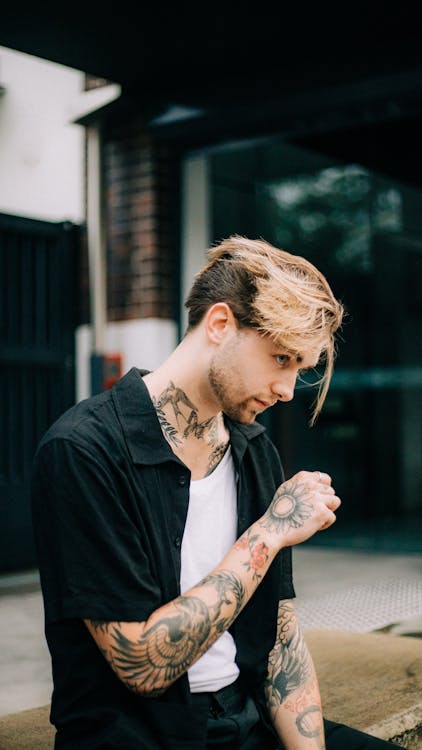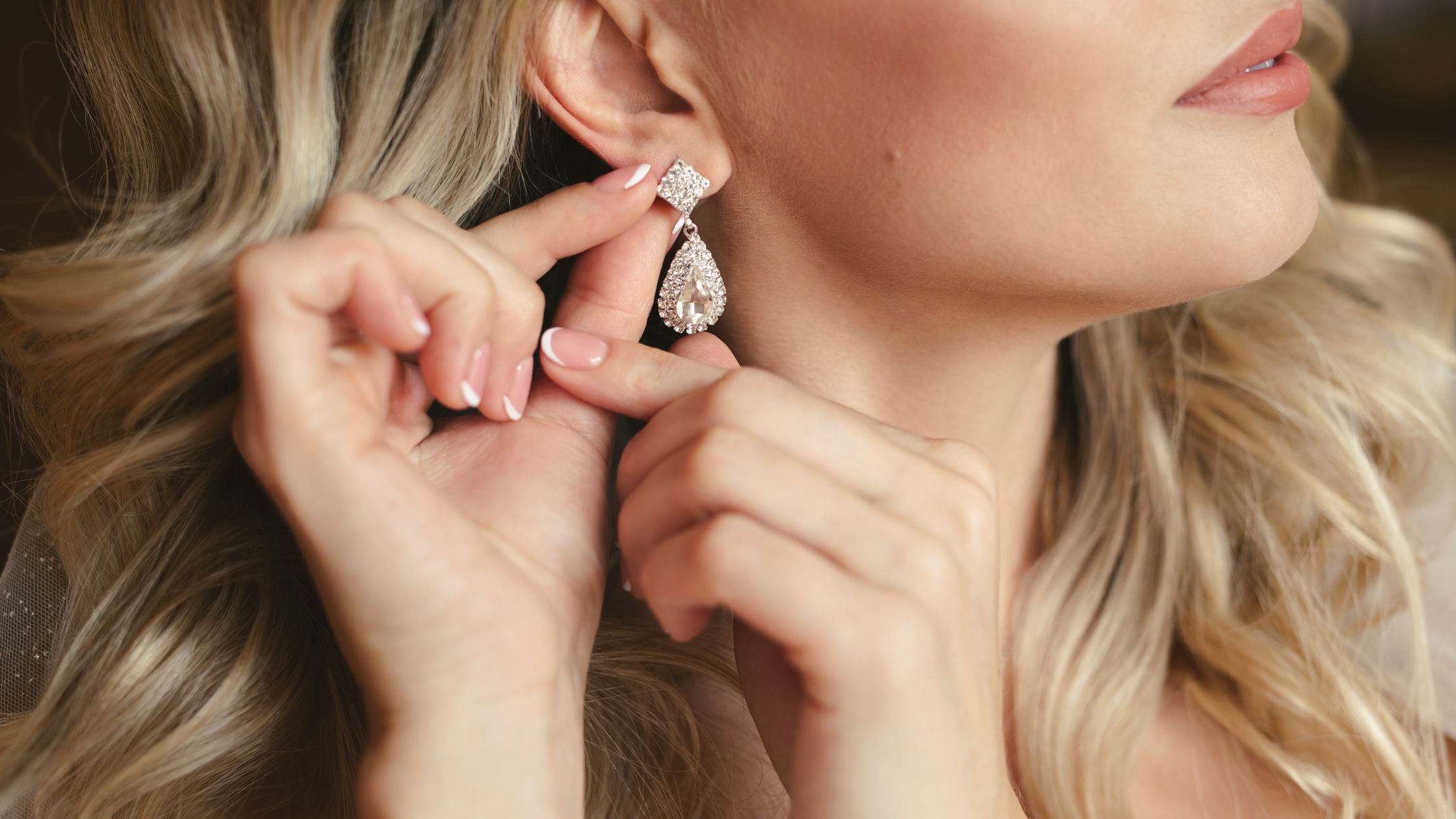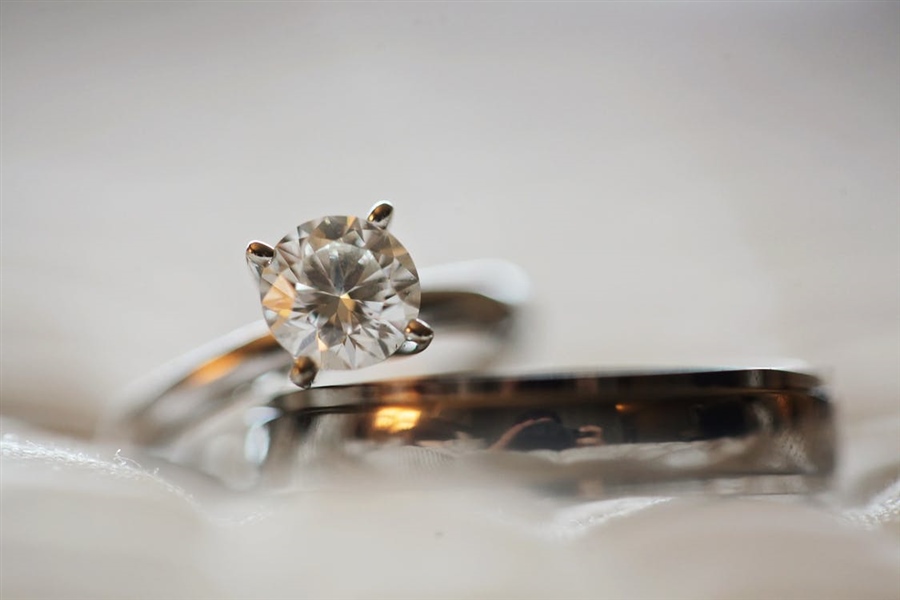
From the gritty streets of 1970s London to the fashion runways of today, punk style continues to captivate and inspire with its raw energy and rebellious spirit. Born out of a volatile mix of social unrest, economic hardship, and a thirst for individual expression, punk fashion has become an enduring symbol of defiance and nonconformity.
The Origins: A Revolution in Attitude
Punk style emerged in the mid-1970s as a direct response to the prevailing social and political climate of the time. Fueled by economic recession, disenchantment with mainstream culture, and a desire to challenge societal norms, punk rock became the rallying cry for a generation searching for authenticity and rebellion.
At the heart of the punk movement was a DIY ethos that rejected the polished aesthetic of mainstream fashion in favor of a more rough-edged and confrontational look. Torn clothing, safety pins, and studs became the uniform of choice for punks, who sought to shock and provoke with their attire.
The Elements of Punk Fashion
Punk style is characterized by its eclectic mix of influences and its willingness to subvert traditional fashion conventions. While there is no strict formula for punk fashion, several key elements are commonly associated with the style:
- Torn and Distressed Clothing: Ripped jeans, tattered T-shirts, and shredded sweaters are staple items in the punk wardrobe, reflecting a defiant rejection of conventional notions of beauty and propriety.
- Leather and Studs: Leather jackets adorned with spikes and studs became iconic symbols of punk rebellion, embodying a tough and rebellious attitude.
- DIY Accessories: Safety pins, chains, and patches are often used to customize clothing and accessories, adding a personalized touch to the punk look and reinforcing the movement’s anti-establishment ethos.
- Bold Hairstyles: Punk hairstyles are characterized by their boldness and creativity, with shaved heads, colorful dyes, and Mohawks being popular choices for both men and women.
- Provocative Graphics: T-shirts and jackets adorned with provocative slogans, band logos, and political messages are common in punk fashion, serving as a form of self-expression and social commentary diplomu-site.com/.
The Evolution of Punk Style
While punk fashion may have originated as a subculture on the fringes of society, its influence has permeated mainstream culture in profound ways. Over the years, designers and fashion houses have drawn inspiration from punk aesthetics, incorporating elements of the style into their collections and bringing it to a wider audience.
Today, punk style continues to evolve and adapt to changing tastes and trends, remaining a vibrant and relevant force in the world of fashion. Whether it’s the edgy streetwear of urban youth or the high-fashion interpretations seen on the runway, punk style continues to inspire and challenge, reminding us of the enduring power of rebellion and self-expression.
In a world that often prizes conformity and uniformity, punk fashion stands as a defiant reminder that true style is about more than just following the rules – it’s about breaking them with gusto and embracing the freedom to be authentically oneself.







